

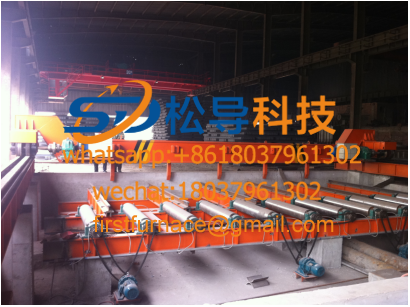
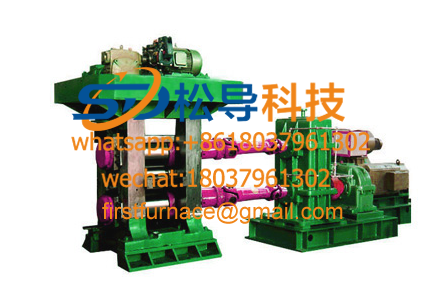 Rolling mill detailed introduction
Rolling mill detailed introduction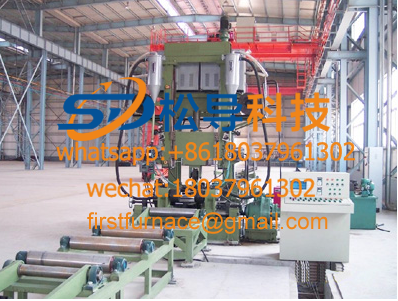 Steel production line detailed introduction
Steel production line detailed introduction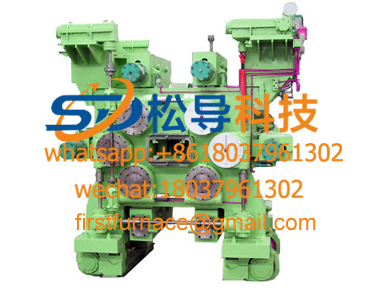 Universal mill detailed introduction
Universal mill detailed introduction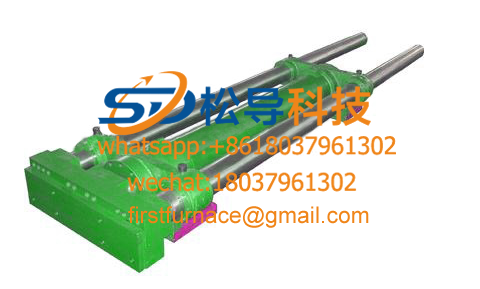 Pusher detailing
Pusher detailing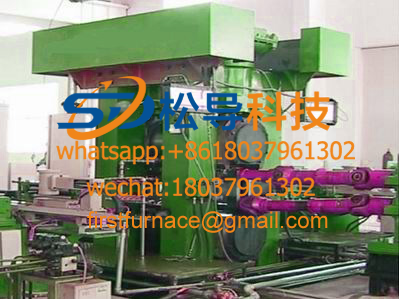 Four-roll mill detailed introduction
Four-roll mill detailed introduction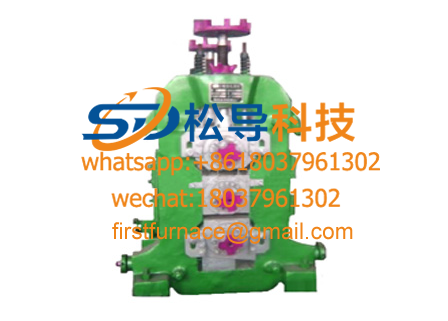 Three-roll mill detailed introduction
Three-roll mill detailed introduction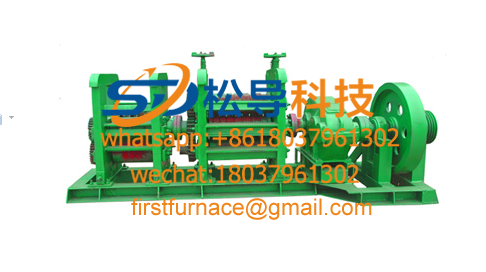 Hot rolling mill detailed introduction
Hot rolling mill detailed introduction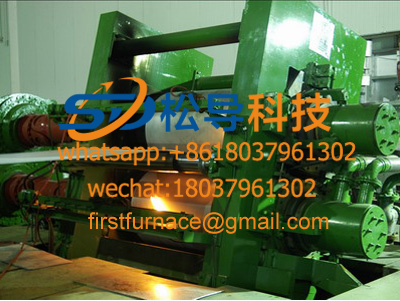 Aluminum casting mill details
Aluminum casting mill details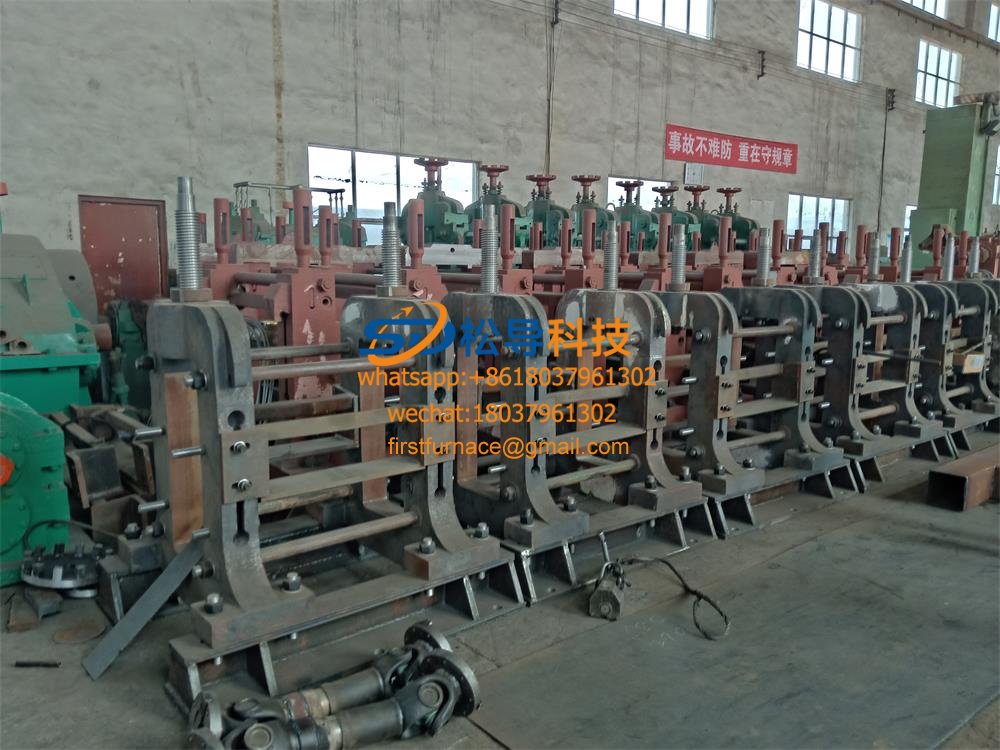 Aluminum magnesium silicon alloy rod continuous casting and r
Aluminum magnesium silicon alloy rod continuous casting and r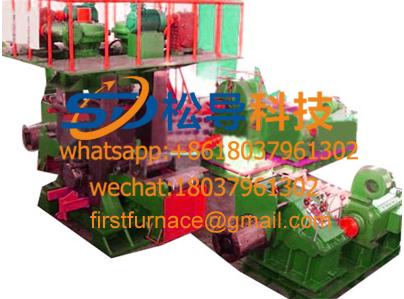 Six-roll cold rolling mill
Six-roll cold rolling mill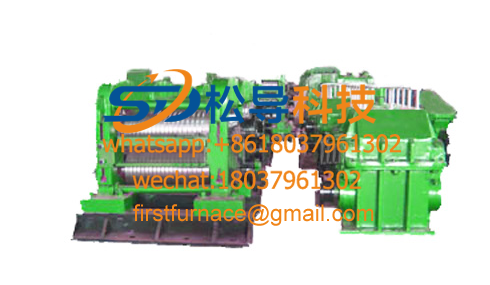 Continuous rolling mill
Continuous rolling mill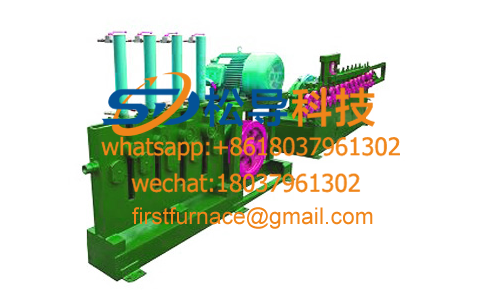 Cold rolled rebar equipment details
Cold rolled rebar equipment details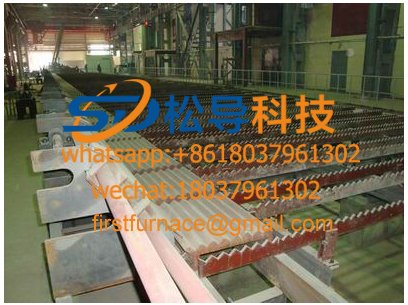 Detailed introduction of cold rolling steel
Detailed introduction of cold rolling steel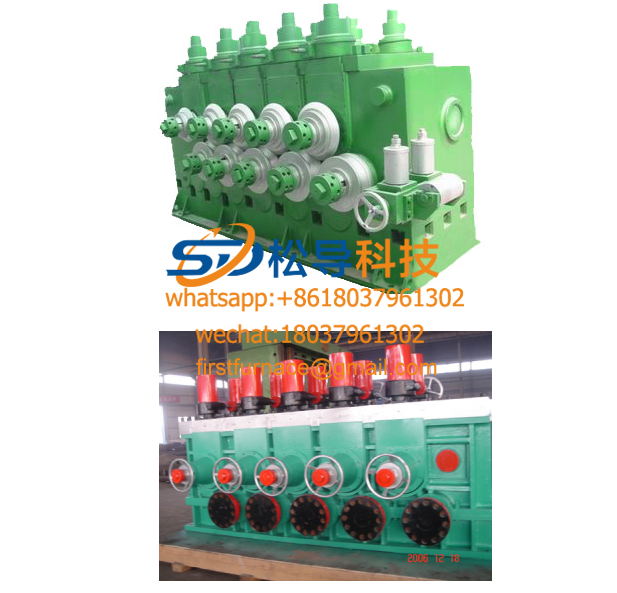 Straightening machine details
Straightening machine details Roller table, lifting table details
Roller table, lifting table details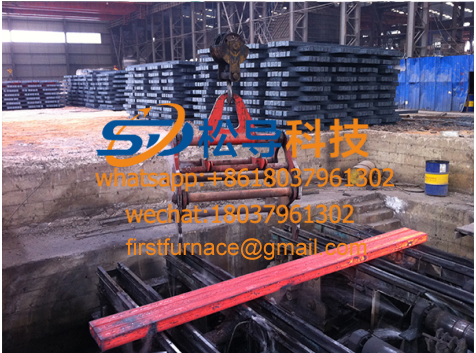 Billet fixture
Billet fixture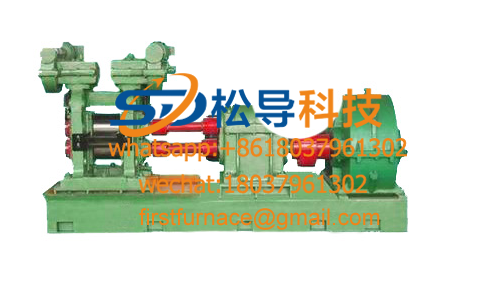 Two-roll cold rolling mill
Two-roll cold rolling mill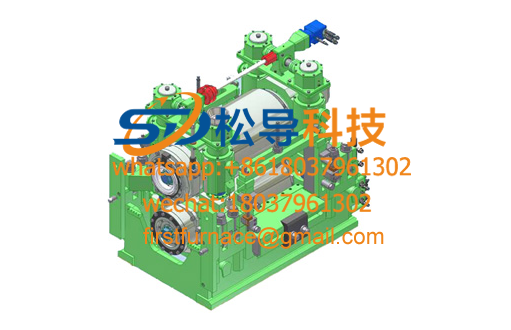 Short stress rolling mill detailed introduction
Short stress rolling mill detailed introduction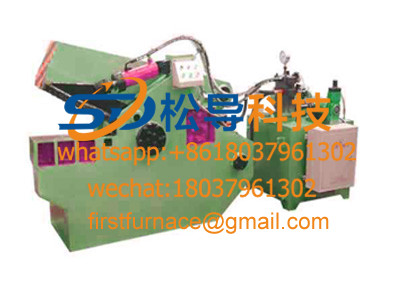 Fixed-length cutting machine detailed introduction
Fixed-length cutting machine detailed introduction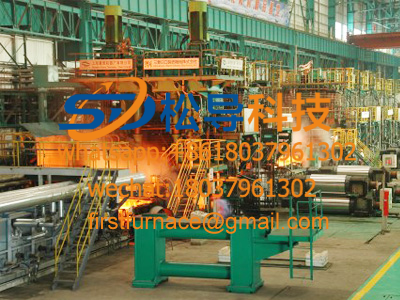 strip production line
strip production line1 , an overview of the roller table
The roller conveyor is the main equipment for transporting rolling stock in the rolling mill. Its weight accounts for about 40% of the total weight of the entire rolling mill . It is the equipment used in the rolling mill. The rolling of the rolling stock into and out of the heating furnace, reciprocating rolling on the rolling mill, and rolling to the finishing process are all performed by the roller table. The roller table is mainly composed of a guide plate, a guard plate and a plurality of rollers, and a plurality of motors and their transmission shafts and reducers.
Roller classification
The roller conveyor transmission mode is divided into a pulley, a sprocket, and an unpowered roller.
There are several types of roller conveyors depending on their use:
1. Work roller: According to the position of the roller, it is divided into main work roller and auxiliary work roller. The main working roller is located in front of and behind the rolling mill. It is in working condition throughout the rolling cycle. Its working characteristics are frequent starting, high temperature and various impact loads, and the working conditions are bad. The auxiliary work roller is placed behind the main work roller, in order to take into account the extension of the rolling stock during rolling.
2 , input and output roller: the roller used to transport the metal to the rolling mill is called the input roller; the roller that sends the rolled metal to the auxiliary equipment (such as: shear, hot saw, etc.) is called output Roller.
3. Other types of roller conveyors: In other types of roller conveyors, there are furnace rollers, lifting rollers and collecting rollers in the furnace.
Contact us will have a very low price, please consult the specific price. firsTfurnace@gmail.com

Lift principle and method of use
Opener lifting platform to increase the billet output by 120% ; rolling steel lifting platform to reduce equipment failure 60% ; increase the steel feeding capacity by 20 % and shorten the fault repair time by 80% .
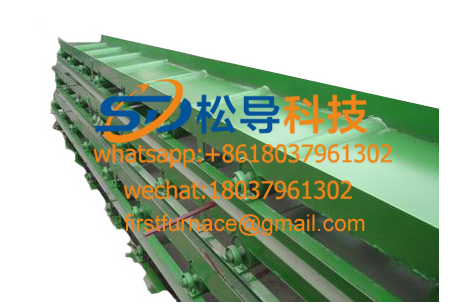
In view of the deficiencies of the traditional lifting platform and the front roller table, the specially developed blanking machine rear lifting platform and front roller table have the following structural features and advantages:
( 1 ) The lifting platform is divided into two parts: a fixed cantilever roller and a lifting roller.
After the rolling of the latter pass, it only moves forward from the rolling groove and does not need to be lifted again. Therefore, the technical lifting platform will design the lifting platform of the downstream rolling part to be driven by a single motor. cantilever roller, only the first pass through the fourth pass corresponding to the lifting table is designed as a mesa having a lifting function, so that the lift from the lift table is not limited to the fifth pass, rolling the breakdown tempo Increase by 1.2 times. At the same time, the roller table of the lifting table is staggered with the fixed cantilever roller, and the design of the opening roller ring of different specifications is not affected by the lifting platform. The existing lifting platform is modified, and the width and position of the roller ring need not be changed.
( 2 ), lifting table roller group group dragging, whole group disassembly
The patented new type of lifting platform, the descending roller table is increased from the traditional 8 to 12 , each of which is a group, which is dragged by a motor and fixed on a base. The four sets of roller table bases are simultaneously inserted into the overall lifting swing frame, and each set of roller table bases can be traversed and adjusted on the swing frame. When a roller or motor fails, cut off the motor of the roller motor, the whole group is hanged for repair, and then a set of spare ones can be put into production. The effect is that the time of failure can be reduced from half a day to half. Ten minutes, increase the operating rate, increase production, reduce the energy consumption of the furnace (slab heating when shutting down). The second is to improve the steel feeding capacity of the roller (the roller wheelbase is reduced), to ensure the rolling rhythm and increase the output. Third, it is easy to overhaul under the machine, which is conducive to improving the quality of maintenance and reducing equipment failure.
(3) The bearing is installed in the roller, and the transmission between the rollers adopts helical gear
The traditional lifting table roller and the bearings at both ends of the front roller table are installed in the bearing housing. One is small in size and low in life. Secondly, the inner ring is thermally expanded on the roller shaft, and the outer ring is bolted by the bearing housing. Fastened nowhere to swell and easily damaged. The roller table of the patented technology removes the support bearings and the bearing seats at both ends, and the bearing is directly installed in the roller, and is placed together with the roller on the central shaft which is in the water and fixed on the inner side. In addition, the transmission between the rollers is changed from the bevel gear to the helical gear, which makes the roller belt have the following advantages: the bearing specifications are increased, the bearing life is increased by 1.5 times, and the bearing damage is reduced; second, the bearing is outside. The ring is inflated with the roller, and the inner ring is in contact with the fixed shaft of the string water, the bearing clearance will not become small, the bearing is not easy to be damaged, and will not “lock”; third, it is convenient to realize the transmission of both ends of the front roller table. Fourth, there is no longer any equipment failure caused by the bevel gear.
(4) , swing arm lifting mechanism lifting rod change push rod, eccentric wheel lifting mechanism eccentric lift can be adjusted
Compared with the conventional crank arm swinging mechanism, the patented swing arm lifting mechanism mainly has the following differences. First, changing the direction of the swing arm, the lever is a push rod, so that the crank sleeve gland bolt is no longer broken due to the large tensile force; secondly, the crankshaft, the push rod and the swing arm are increased in size, and the strength is increased; Raise the height of the swing arm shaft base so that the bottom surface is at the same height as the bottom surface of the crankshaft seat, and at the same time, a weight fixed in the middle of the swing arm shaft is changed into two weights fixed at both ends of the swing arm shaft, and the original fixed The swing arm at the end of the swing arm shaft is fixed to the middle position of the swing arm shaft, so that the swing arm shaft base is fixed on the bottom plate of the same height as the crank base, thereby solving the problem that the crank seat can not be fixed and raised. The bottom surface elevation of the pit; fourthly, the bushing connection between the lifting table and the support arm is changed to the shaft socket type connection, so that the lifting platform is no longer "different", which reduces the load of the lifting motor and reduces the load. The transmission mechanism is faulty. The traditional eccentric wheel hoisting mechanism has limited its scope of application due to the fact that the lifting height is not adjustable and the weight is not. The patented eccentric wheel hoisting mechanism not only adjusts the lift by changing the structure of the roller, but also adds a weight to the lifting table by using the eccentric axle. Thus, the range of application of the eccentric lifting mechanism is expanded from a large diameter 600 mm blanking machine to a 700 mm diameter blanking machine.
(5) , two-way transmission of the front roller table, two-way steel feeding to speed up the rhythm
The front roller table not only removes the bevel gear transmission, but also removes the bearing seat at both ends of the traditional roller table. The roller is divided into two sections, each of which is supported by two bearings mounted on the fixed shaft of the water string. The outer ends of each roller are equipped with helical gears and connected to the motor, so that the two rollers can be operated in different directions according to production needs, such as the fourth pass and the fourth and fifth. pass the corresponding roller to turn back on, and the first three times and the times corresponding to a forward rotation roll can be achieved while a multi-pass rolling, so that cogging rhythm 1.2 times increase, increase yield cogging .
PREV: Billet fixture
Copyright© 2007-2013 NO.6 Electric Mall All Rights Reserved
